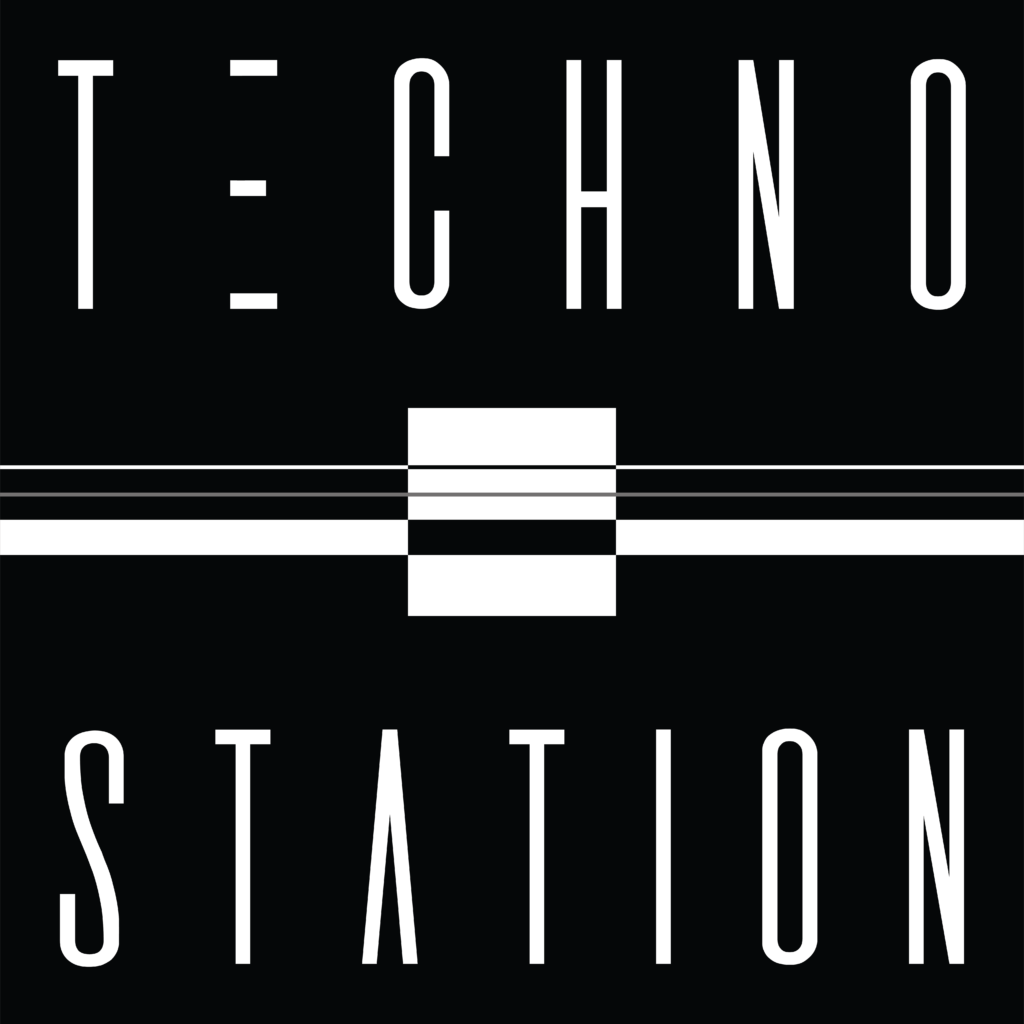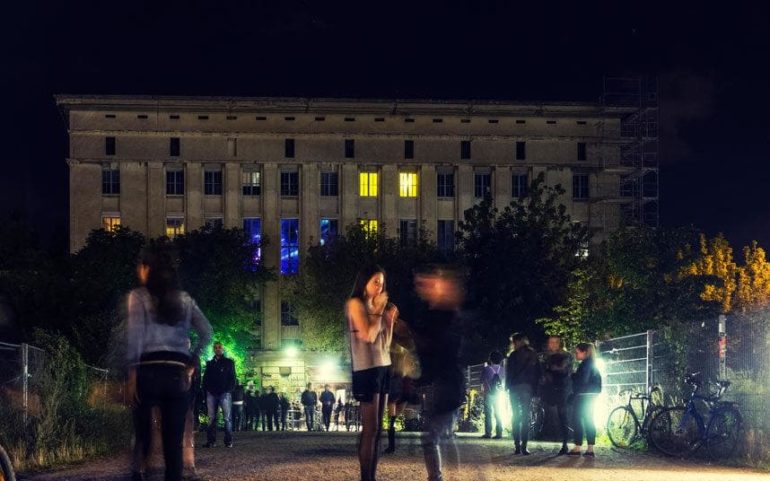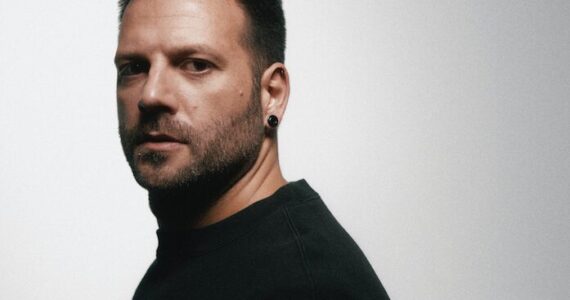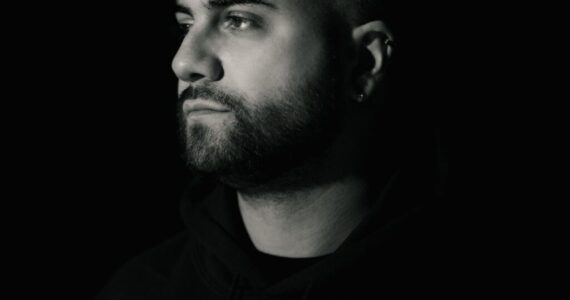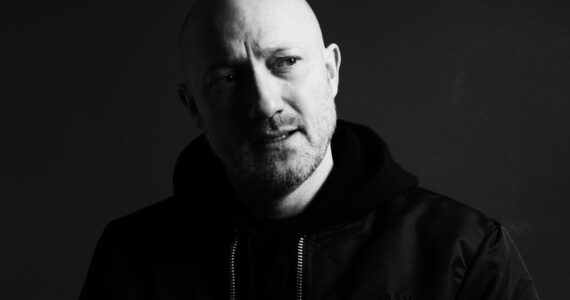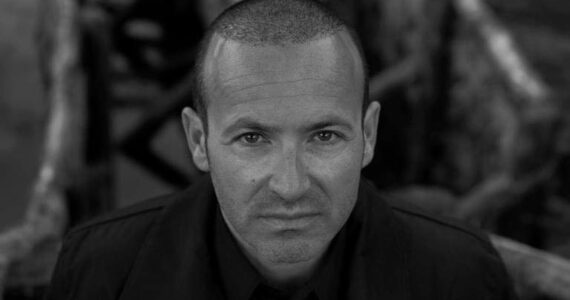The important event for techno in Berlin that established it as contemporary capital is Love Parade. It first took place in July 1989 in West Berlin with 150 people attending on the initiative of the famous Dr. Motte. The Berlin Love Parade was one of the greatest street parties ever that grew over the years gathering more than 1,5 million attendees.
Nowadays, Berlin is the place where some of the most famous clubs in the world are located. There is not an electronic music fan who hasn’t heard of Berghain, club that became more famous than its predecessor Ostgut. Each club has its own vibe, its own people and label. For example, Berghain-goers favor darker, more raw industrial techno than Tresor-goers who go there for the Detroit techno. Techno clubs in Berlin do not have a closing time. What happens in the morning hours is called ‘after hour.’ You can dress any way you want — there is no dress code etiquette.
Even today, there are no comparable clubs elsewhere in the world. Clubs, which are open the whole weekend nonstop, are home to many freaky music-loving individuals who come together to celebrate life. Even big promoters such as HYTE ar throwing events in Berlin’s abandoned warehouses keeping the spirit of raves alive today.
And if you really want to know the history of techno in Berlin, its on the dancefloors, inside clubs walls and in the music you can hear from German artist. The best way to learn the history is to be a part of it and join the crowd on the dancefloors.
Via: culturetrip, RA

